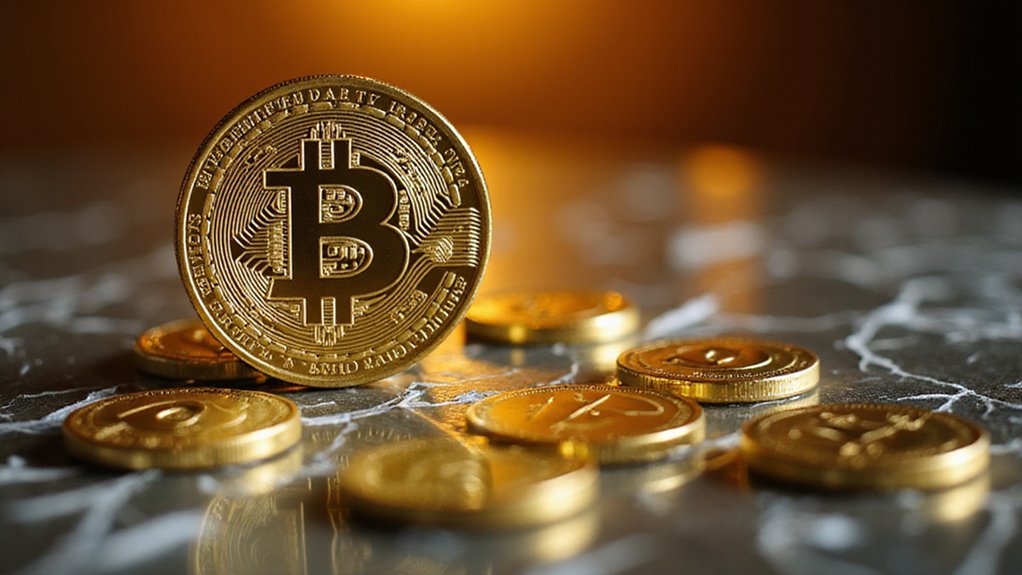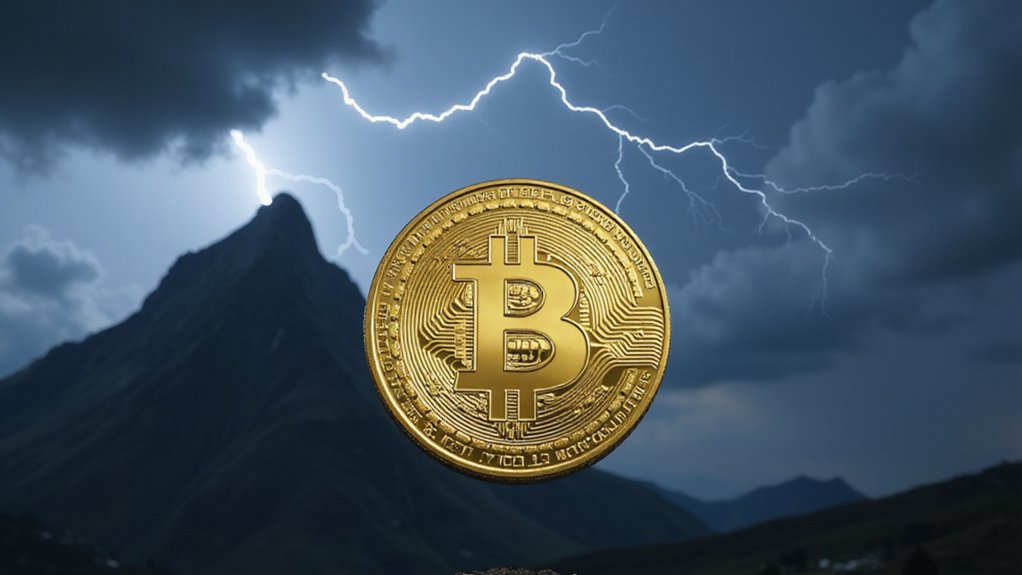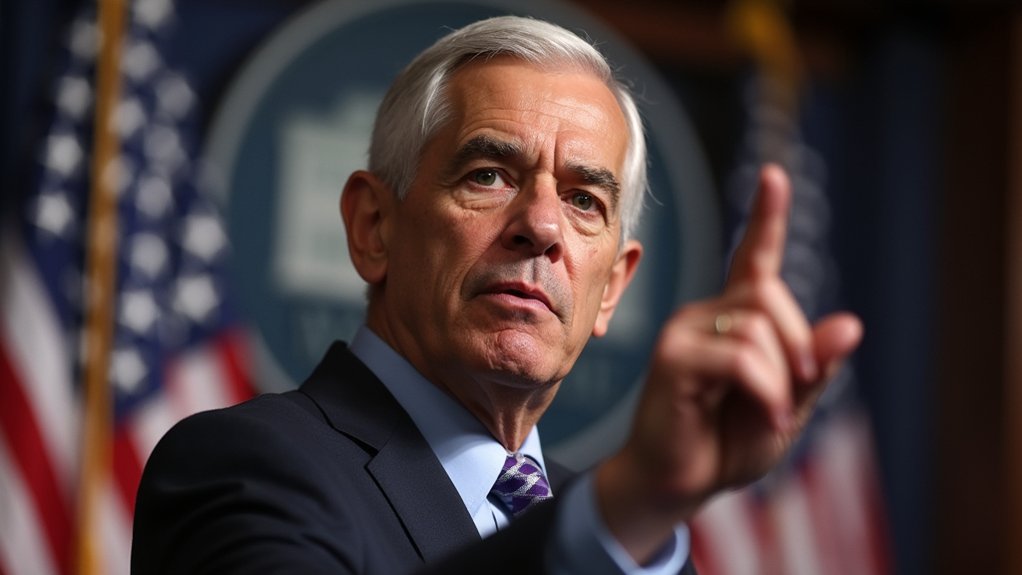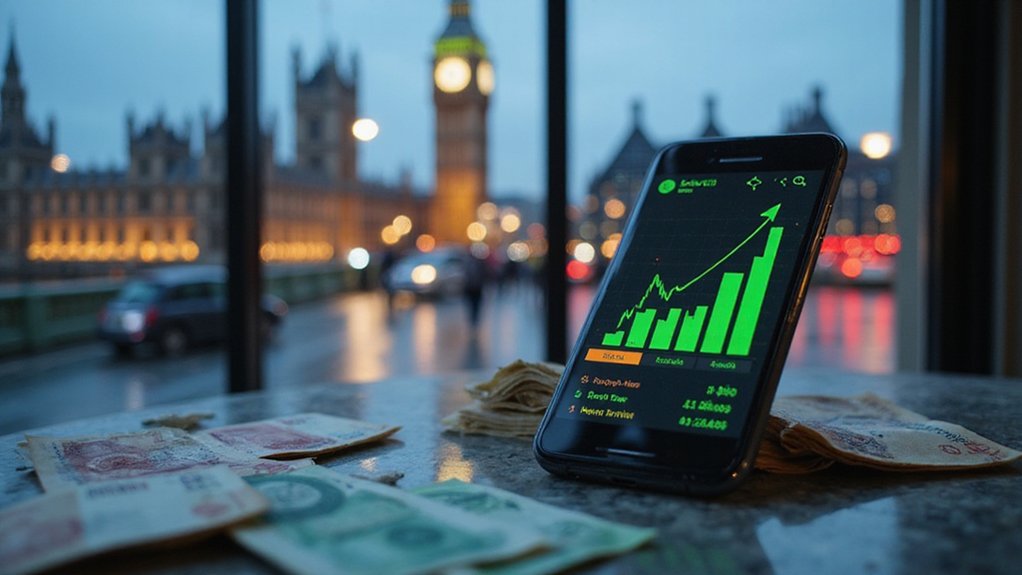While most monetary systems throughout history have succumbed to the irresistible temptation of currency debasement—from Roman emperors clipping coins to modern central bankers wielding digital printing presses with abandon—Bitcoin presents an audacious proposition: a monetary asset with an immutable supply ceiling of 21 million coins.
Satoshi Nakamoto’s creation embeds this hard cap not through legislative decree or regulatory mandate, but via mathematical certainty. The protocol’s halving mechanism reduces mining rewards approximately every four years, creating an asymptotic approach toward the maximum supply. By 2140, when the final satoshi emerges from its cryptographic chrysalis, roughly 20,999,999.9769 Bitcoin will exist—a number so precise it makes central bank targeting look positively medieval.
Bitcoin’s mathematical precision renders central banking’s inflation targeting as quaint as medieval alchemy compared to cryptographic certainty.
Yet BlackRock’s 2024 observation that “no guarantees” exist regarding the cap’s permanence ignited vigorous debate among Bitcoin maximalists and skeptics alike. The asset management behemoth highlighted an inconvenient truth: while the 21 million limit enjoys near-religious reverence, it stems from halving events rather than explicit code commandments. Theoretically, sufficient consensus could modify this sacred covenant.
Such heretical thinking confronts Bitcoin’s fundamental value proposition. The network’s decentralized governance structure makes cap alterations extraordinarily difficult, requiring overwhelming participant agreement—a coordination challenge that would make herding cats seem trivial by comparison. Any serious attempt would likely fracture the network, creating contentious forks and obliterating the trust underpinning Bitcoin’s “digital gold” narrative.
The economic implications remain profound. Bitcoin’s deflationary model attracts institutional capital precisely because it offers refuge from fiat currency’s inflationary tendencies. With 20 million bitcoins already circulating out of the maximum 21 million supply, the approaching scarcity becomes increasingly tangible for investors. Investors embrace the predictable scarcity that distinguishes Bitcoin from assets subject to political whims and monetary policy experiments. The hard cap transforms Bitcoin into a temporal arbitrage play—trading present consumption for future purchasing power in a world of expanding money supplies. Unlike stablecoin market cap which has grown to over $250 billion by maintaining dollar pegs, Bitcoin’s fixed supply architecture makes it one of the scarcest assets in existence, fundamentally different from commodities with unknown reserves or financial instruments subject to dilution.
Critics rightfully note that consensus mechanisms, while robust, aren’t immutable laws of physics. However, altering Bitcoin’s supply ceiling would undermine its core investment thesis so thoroughly that rational actors would resist such changes. The 21 million cap endures not merely through technical barriers, but because destroying Bitcoin’s scarcity would eliminate the very characteristics that make it valuable.








